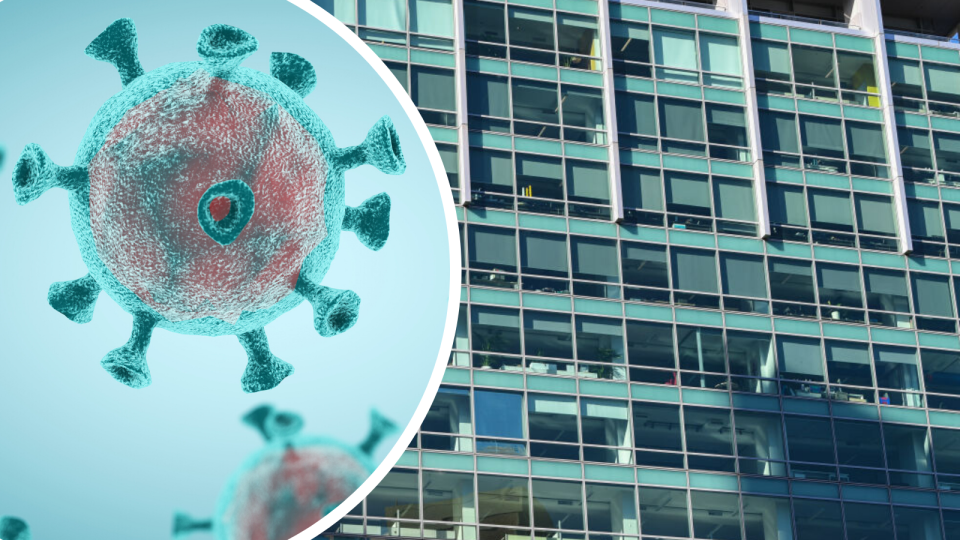‘Too soon’: Expert warns against reopening offices

Australians have been warned against rushing back to workplaces as lockdown restrictions continue to ease across the country (bar Victoria), with experts labelling offices as a high-risk location for transmitting the coronavirus.
In a report published this morning, thinktank Grattan Institute health program director Stephe Duckett said reopening offices too soon could well be what triggered a second wave of Covid-19 cases.
“A virus can move through a city via its workplaces,” he said.
“Workplaces are particularly high risk and should be re-opened slowly, with as many people as possible continuing to work from home to minimise the number of people interacting,” Duckett said.
So long as there are active cases of the coronavirus in Australia, the possibility of a second wave will always be present, something the state of Victoria is currently experiencing, he added.
“The risk of a second wave is higher if policies and behaviour return to normal too soon.”
Your chances of catching the virus is higher in the office than at places like the shops, where you won’t linger for very long.
“The shorter an interaction, the fewer opportunities the virus has to pass from one person to another. This means that the risk of infection is lower in places where people spend less time together, and so the probability of infection in places like shops is lower than places like restaurants.
“In the home or in workplaces, where long times are spent in shared, indoor spaces, the risk of infection is high.”
The Grattan Institute simulated what the volume of active Covid-19 cases would look like with strong versus weak adherence to social distancing.
“Lots of people sharing a common space at work with minimal precautions against infection significantly increases the risk of outbreaks that can lead to a second wave of mass infection.”
The problem with reopening offices
According to Duckett, going back to work puts people in contact with colleagues and therefore increases the number of people the virus can be transmitted to.
The method of closing down workplaces has also been a tried-and tested method of reducing the spread in previous pandemics, he added.
“To limit the spread of COVID-19 at work, precautions should be taken to reduce the number of people interacting at the workplace, and to minimise the opportunity for virus transmission.
“A staggered return to work, with only a quarter of the workplace returning at first, has been shown to be effective in Wuhan.”
Companies can manage this by having part of the workforce work from home while the other part works in the office.
“Similarly, having fewer people in an office space reduces contact. This can be achieved by increasing the proportion of people who work from home on any given day by rotation, or limiting office time to essential activities.”
Stick to social distancing etiquette outlined by the Department of Health: don’t shake hands, increase cleaning and disinfecting, and avoid non-essential travel.
Avoid inessential meetings and minimise time spent in shared spaces. Another option could also be to hold meetings in the open air, and to eat lunch at your desk rather than in the lunchroom.
Employers should promote good hand and cough hygiene, provide hand sanitiser, improve ventilation, limit food handling at the workplace and tighten food hygiene standards.
“While there are active cases of COVID-19 in Australia, there is still a risk of a second wave. The risk is higher if policies and behaviour return to normal too soon.”
Follow Yahoo Finance Australia on Facebook, Twitter, Instagram and LinkedIn.

 Yahoo Finance
Yahoo Finance 
